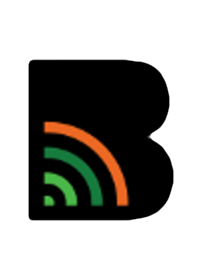Overview:
Mystery Science provides video-based lessons, which are accompanied by a hands-on experiment or simulation. This curriculum is available for one year in Early Elementary (usually grades K-2) and one year in Upper Elementary (usually grades 3-5).
The videos and activity sheets are provided; Families will need to provide their own household supplies (items such as paper clips, scotch tape, vinegar or lemon juice, etc.) for some units.
Key Characteristics:
Material is presented in a very clear, engaging format
Every lesson includes both a short video and a hands-on experiment or simulation
Multiple elementary students may be able to do the same level of Mystery Science together
Things to Think About:
This curriculum provides an engaging introduction to many science topics but does not go into much depth on any single topic
Provides enough materials for 2 days/week of Science
